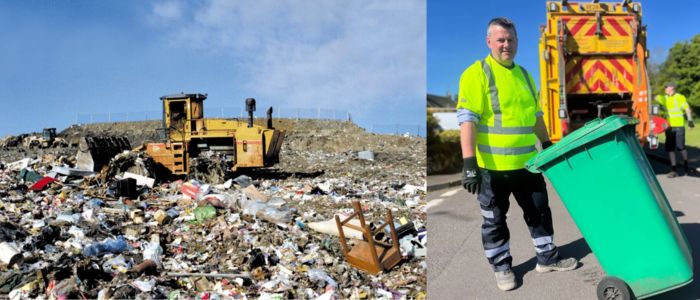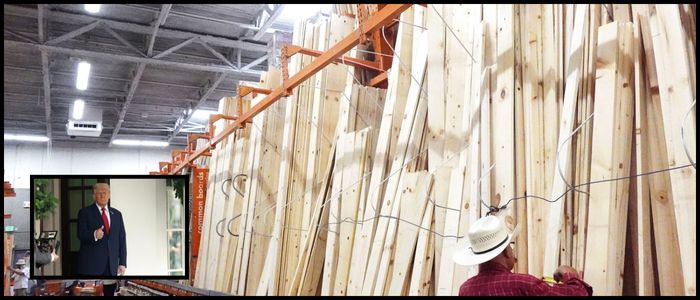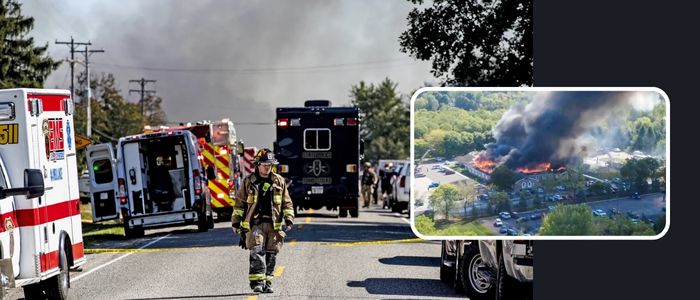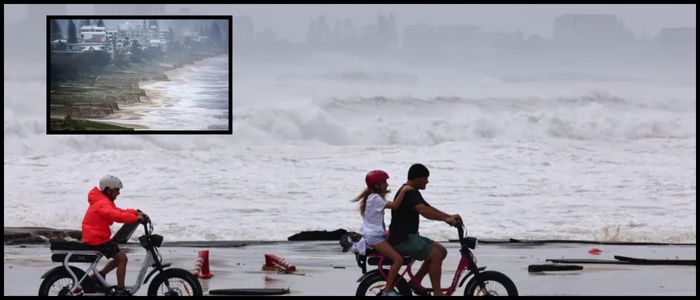Its landfill ban had been initially set for 2021 but was postponed because of the pandemic and questions about preparedness. Inert waste like incinerator ash and building rubble could still go to landfill, but the government’s goal is to increase recycling and direct more refuse toward energy-from-waste incinerators rather than into the ground. Biodegradable waste in landfills creates methane, a greenhouse gas that is 28 times more powerful than carbon dioxide, and that has been a major driver of the change.
Gap and Transport issues: Hatredatication Capacity and Transport gaps
Even with investment in new incineration plants, Zero Waste Scotland says there will be a 600,000-tonne "capacity gap" in the first year of the ban. As a result, councils and commercial operators have been scrambling for “bridging contracts” with waste handlers around England, because most of the country’s incinerators are close to full. This could result in additional Scottish waste being sent to English landfill.
David Blamer ,Ers Remediation: I would say 80 to 100 trucks per day, seven days a week. Alasdair Meldrum from Albion Environmental says he is worried about vehicle availability and the environmental impact of long distance haulage. But some say this is better than expanding landfill usage while new incinerators are developed.
Climate Action and Energy cabinet secretary Gillian Martin said the incinerator gap had been brought about by external factors such as inflation and the cost of building. She added that further energy-from-waste projects were on the verge of coming on stream in one to three years’ time. In the short term, however, moving waste will increase emissions from the journey of the trucks to an outdated facility in, say, Cumbria, Northumberland, or Manchester.
Lagging recycling improvement and increasing uneasiness
While Scotland had set targets to cut the generation of black bag waste, the level of recycling has hardly budged over the last decade. In 2013, recycling at home was at 41.6%. By 2023, that figure had grown to just 43.5%. By contrast, 64.7% in Wales said they had high blood pressure.
Scotland currently has eight operational incinerators, but plans for more were put on hold in 2022 to prevent overcapacity. Only those already in the pipeline are moving forward now. While incinerators do generate greenhouse gases, they create roughly a third less than the methane produced by landfills and can also produce electricity and heat for buildings nearby.
Colin Church, who headed up a review into incineration, is in favour of the transition, arguing it is the best of a bad bunch with present technology.
Environmental groups however, are skeptical. Kim Pratt, of Friends of the Earth Scotland, said: ‘Burning is over the top and new facilities are being fought tooth and nail by local residents in areas like Aberdeen, Falkirk and North Ayrshire.’ Greenpeace campaigner Laura Young also noted that the expensive burners need consistent streams of rubbish to keep them running.
Douglas Lumsden of the Scottish Conservatives said what was the point of having the ban if it resulted in waste being shipped to England, and called for action from government. In reply, ministers pointed to continuing attempts to create a circular economy with actions such as banning single-use vapes, introducing charges for single-use cups and issuing a deposit-return system for bottles and cans.
The government stressed that most councils are ready for the ban and said shipping waste should only be a short-term solution.
Environment

Scotland to export waste as landfill ban begins

Scotland is about to ban most black bag waste from landfill from December 31st. Such as biodegradable solid municipal waste, and these would include food, paper, textiles, wood and non recyclable materials. But the country does not currently have adequate infrastructure to process the trash and experts project that Norway will have to send between 80 and 100 truckloads of garbage a day to England to meet this demand.















